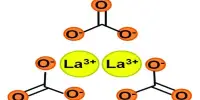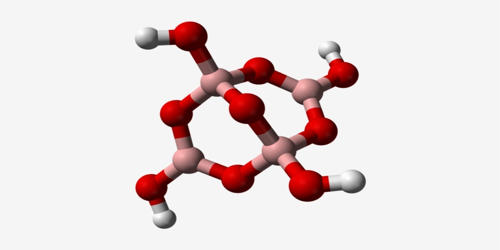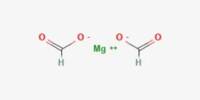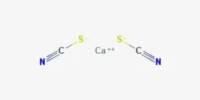Iodine is a trace element in the atmosphere emitted by oceans that efficiently destroys ozone (O3). Low O3 levels in airborne dust layers are common but poorly understood. Iodine is a critical micronutrient for human health that is transported through the atmosphere and possibly acquired in part from it. Atmospheric iodine is abundant in the marine boundary layer (MBL), lower free troposphere, upper free troposphere, and stratosphere, where it participates in rapid photochemical cycles that deplete ozone (O3) and alter the atmospheric oxidative capacity.
When winds carry fine desert dust high into the atmosphere, the iodine in the dust can cause chemical reactions that destroy some air pollution while also allowing greenhouse gases to linger longer. The discovery, which was published in the journal Science Advances, may force scientists to reconsider how particles from land can affect the chemistry of the atmosphere.
“Iodine, the same chemical added to table salt, is eating up ozone in dusty air high in the atmosphere,” said Rainer Volkamer, a CIRES Fellow and chemistry professor at CU Boulder. Volkamer was part of the team that took precision atmospheric measurements by plane over the eastern Pacific Ocean several years ago. The new discovery, he claims, has implications not only for air quality but also for climate, because iodine chemistry can cause greenhouse gases to linger longer, prompting us to reconsider dust-based geoengineering schemes.
Iodine, the same chemical added to table salt, is eating up ozone in dusty air high in the atmosphere. Our understanding of the iodine cycle is incomplete. There are land-based sources and chemistry that we were unaware of that we must now consider.
Rainer Volkamer
Volkamer stated, “Our understanding of the iodine cycle is incomplete. There are land-based sources and chemistry that we were unaware of that we must now consider.”
Atmospheric researchers have long been intrigued by the observation that dusty layers of air are frequently very low in the air pollutant ozone, which, when concentrated, can harm people’s lungs and even crops. It appeared that some kind of dust-surface chemistry was consuming ozone, but no one had been able to demonstrate this in laboratory experiments. Others have speculated on this, but Volkamer is skeptical. In contrast, lab experiments have long demonstrated that a gaseous form of iodine can consume ozone – but there were only hints of a link between dust and iodine.
Other enticing hints about the process were found in a dataset from 2012, derived from a series of aircraft flights off the coasts of Chile and Costa Rica. The gaseous iodine levels in dust seen blowing offshore from South America were alarming. Volkamer handed over the data to Theodore Koenig, the study’s lead author, who was a graduate student at the time. Koenig describes the data as part of a collection of hazy photographs shared by atmospheric chemists all over the world.

“Iodine seemed to correlate with dust… but not absolutely clearly” in one image, he said. Dust appeared to be destroying the ozone layer everywhere, but why? “Iodine and ozone clearly connect, but there were no ‘photos’ of both with dust,” said Koenig, who is now an air pollution researcher at China’s Peking University.
The data from TORERO (the “Tropical Ocean Troposphere Exchange of Reactive Halogens and Oxygenated Hydrocarbons,” a field campaign funded by the National Science Foundation) captured those three characters together, finally, in one image, he said, and it was clear that where desert dust contained significant levels of iodine – such as dust from Chile’s Atacama and Peru’s Sechura deserts – the iodine was quickly transformed into a gas But what happened to the dust-based iodine? “The mechanism is still enigmatic,” Volkamer said. “That’s for the future.”
So the picture is blurry again, but the science is sharper than it was before, according to Koenig. “At the end of the project, I have more questions than at the beginning,” he said. “However, they’re more specific questions.”
They’re also crucial for anyone concerned about the future of the atmosphere, according to Volkamer. The reactions of iodine in the atmosphere are known to play a role in lowering levels of OH, which can increase the lifetime of methane and other greenhouse gases. Perhaps more importantly, various geoengineering concepts involve injecting dust particles into the Earth’s atmosphere in order to reflect incoming solar radiation. In the stratosphere, ozone is not a pollutant; rather, it forms an important “ozone layer” that protects the planet from incoming radiation.
Volkamer stated that if iodine from dust was chemically transformed into an ozone-depleting form in the stratosphere, “That would be bad because it would delay the recovery of the ozone layer. Let us not introduce anthropogenic iodine into the stratosphere!”
















